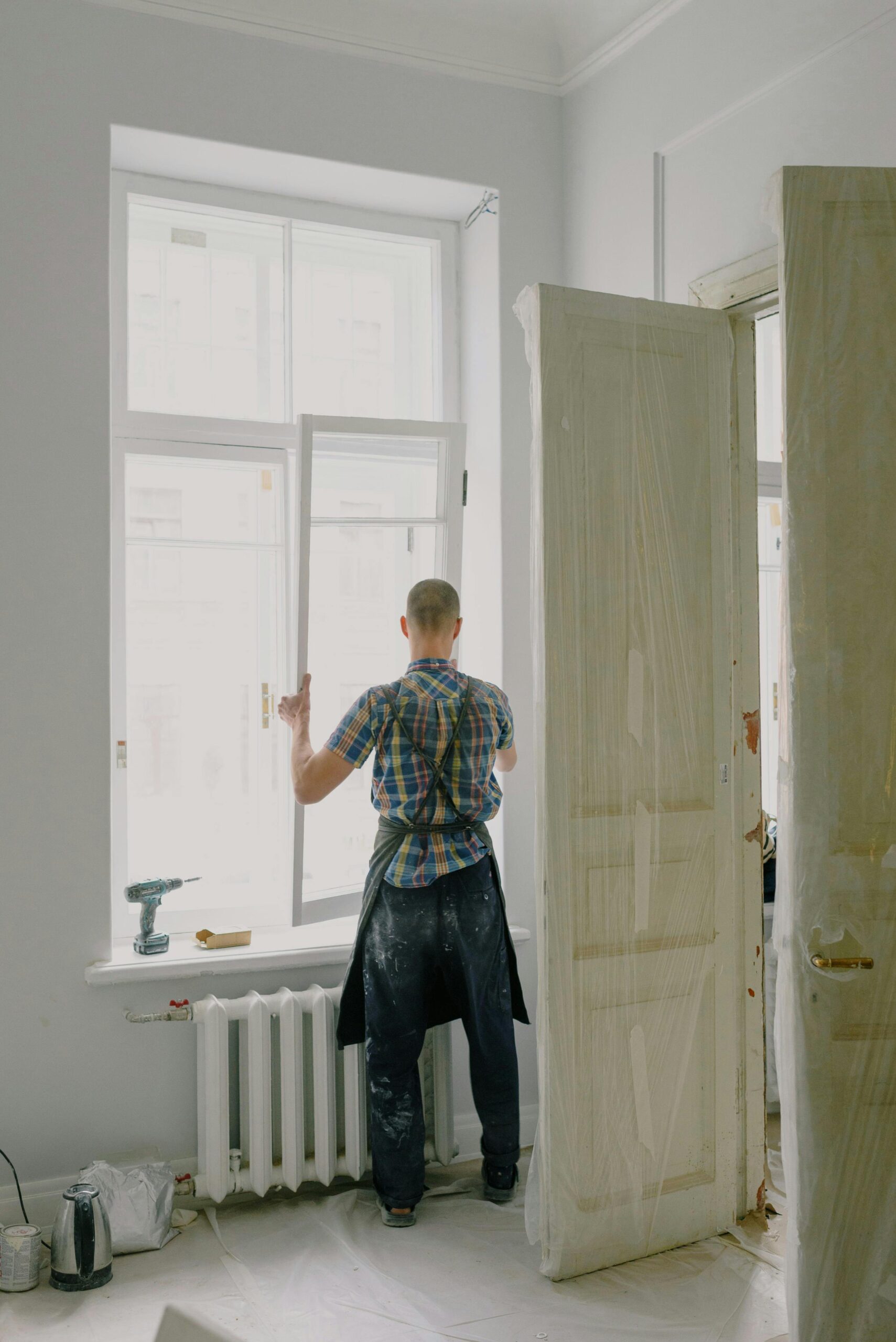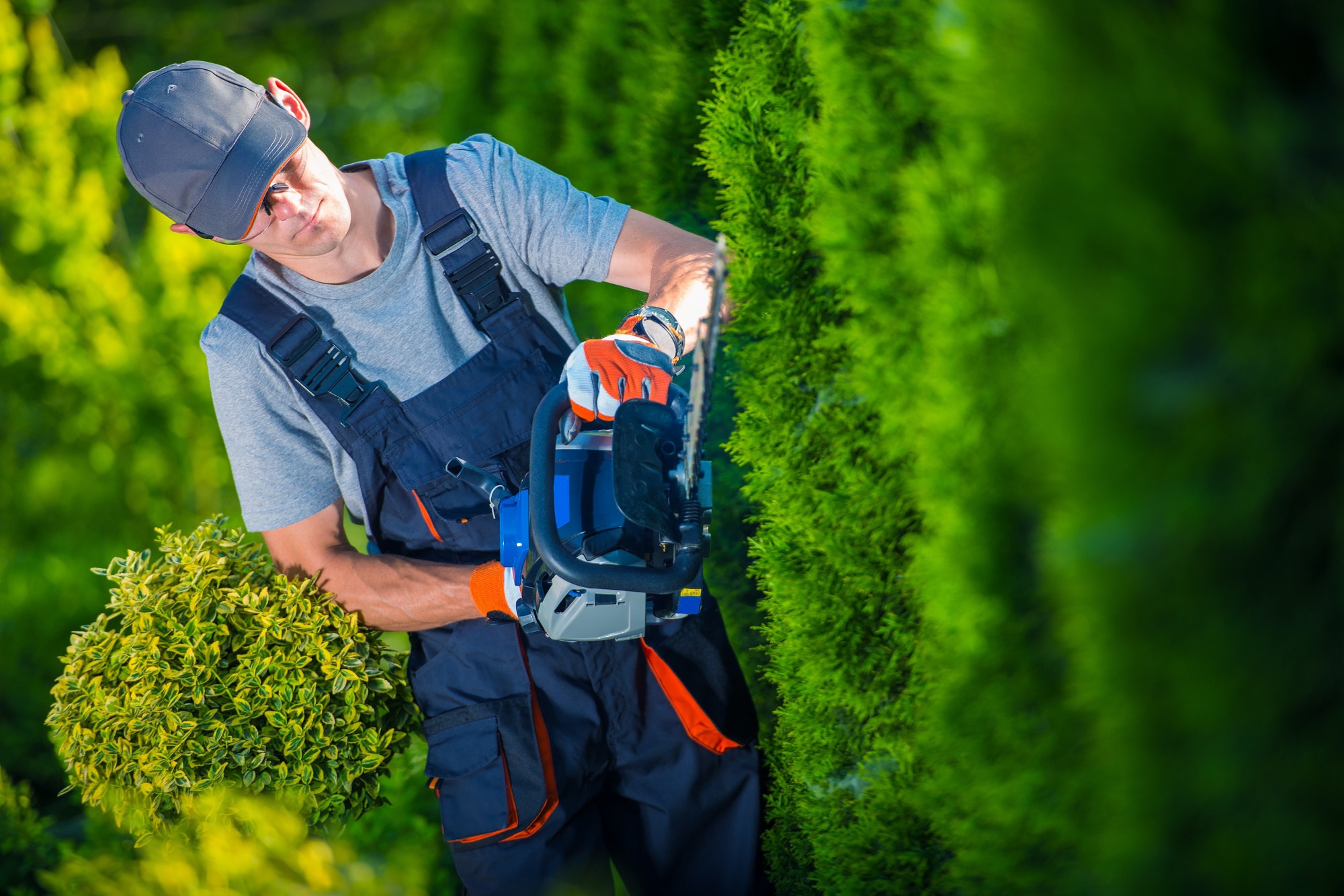If you’re looking to improve your health, consider spending time outdoors. Doing so boosts mental wellness, and you can mix in a workout with some yardwork.
However, you shouldn’t start gardening or landscaping projects without a plan in mind. Picking up some basic knowledge makes the difference between an impressive yard and a patchy, dirty embarrassment.
There’s a lot to know about landscaping materials and techniques, and you’re in the perfect place to get started. Before trying your hand at garden design, take a look at these products you’ll want for a better-looking landscape.
1. Mulch Helps Gardens Stay Healthy
While many laypeople think of wood chips and mulch as the same, mulch is a broad category. Any ground-covering laid or spread over dirt in a garden or yard is a kind of mulch.
It’s used to block weeds and keeps the soil moist so your plants don’t wither. If you live in a volatile climate, it also insulates the soil to keep it from getting too hot or too cool. Mulch is a key tool that helps plants survive temperatures below freezing.
Mulch doesn’t have to be a natural material broken into pieces: Plastic sheeting is also a kind of mulch. Some professional landscape design & installation services use black plastic as mulch and to create a neutral background for colorful flowers.
For amateurs, plastic sheeting isn’t forgiving and looks like trash bags thrown on the ground if you’re not careful. You can’t go back and repair what you’ve already cut, so you might go through several rolls before getting it right. That wastes your money and adds to the world’s plastic waste problem.
Organic mulch, such as that made of shredded bark and wood, is less intimidating. You can rake it back into place and it never looks like garbage. It stays appealing even when it’s scattered by wind, animals, and people walking over it.
Another benefit of organic mulch is that it decomposes. Rotting might not seem like an upside, but it’s good news for your garden. Decomposed mulch enriches the soil and becomes nutritious plant food.
2. Crush Weeds With Rocks and Pebbles
Breaking your landscape up with hardscape areas improves looks and cuts down on maintenance. “Rock gardens” made of crushed rock and pebbles work well in areas where most plants won’t grow. They also keep weeds from popping up in place of wanted plants. In this sense, rocks and pebbles are types of mulch, although most don’t think of them as such.
Even so, these materials should go in their own category when considering the range of ways landscapers use them. You can use rocks and pebbles for a custom walkway, a driveway, or under the pavers you’ll read about next. They also make a resilient foundation for concrete and asphalt.
Rock gardens help homeowners who would rather not deal with plants stay in the good graces of their neighborhood associations. Groups tasked with policing curb appeal don’t like patches of yellow grass, dead flowers, and dirt. An attractive rock garden gives you a pass in most places.
While many create rock gardens to avoid planting, there are some plants you can work in among the rocks. This trick gives you the best of both worlds—a planted garden and little, if any, weeding. It also helps people in desert areas keep plants that don’t require much precious water.
3. Forge a New Path With Bricks and Flagstones
Creating walkways and paths through your yard or garden makes it more welcoming. A landscape without an easy way for visitors to wander through may be pretty, but it doesn’t make people want to take a closer look. What’s worse is that a lack of paths encourages folks to trample the plants you work so hard to grow.
Bricks and flagstones are two popular materials used for garden paths.
Most people think of buildings when you mention bricks, but people have used them to make roads and paths for centuries. Flagstone is another time-tested material you can use for paths. These pavers have a charming look, and red bricks look good next to green grass and plants—although there are other colors to choose from if red isn’t your thing. Concrete bricks come in more muted tones such as beige.
They look good, the basic varieties aren’t expensive, and brick and flagstone pavers have another benefit: They’re easy to replace.
Unlike paths made of solid concrete, you can hop in and fix cracks without trouble. Replacing a section of concrete is a major project and can leave ugly sections that look out of place. You can replace individual bricks and flagstone within a few minutes.
4. Use Stepping Stones for a Whimsical Touch
Stepping stones, a classic hardscape feature, come with a touch of whimsy. They’re pretty enough to impress passers-by, visitors, and your HOA, but maintain a rustic charm.
They also have a quaint fairytale look. In line with that aesthetic, kids in your family can make a game out of hopping over the gaps.
Any stepping stone surrounded by grass, dirt, or mulch has a more natural look than a solid path of concrete, brick, or flagstone. Past that, you can commit to real stone or go with pavers made of concrete or another manmade material. A path of real stepping stones is charming and attractive, but don’t let your aesthetic concerns outweigh their necessary functions.
While real stones have a more natural, classic look, they’re often slippery when wet. Those living in areas where it rains often should take that into serious consideration, even more so if the path is the only way to your home or building that you’re landscaping around.
All of those benefits are great reasons to use stepping stones, but the biggest one is 100% practical: One of these simple paths costs much less than a full walkway.
Landscaping Materials and Other Tools and Tricks You Need
Knowing these vital landscaping materials will help you make the most of your next outdoor project.
When you need a break from working in the hot sun, take a look at some other articles. We have must-know information about home improvement, business, and technology tips and tools. Click on another blog to start your education today.











